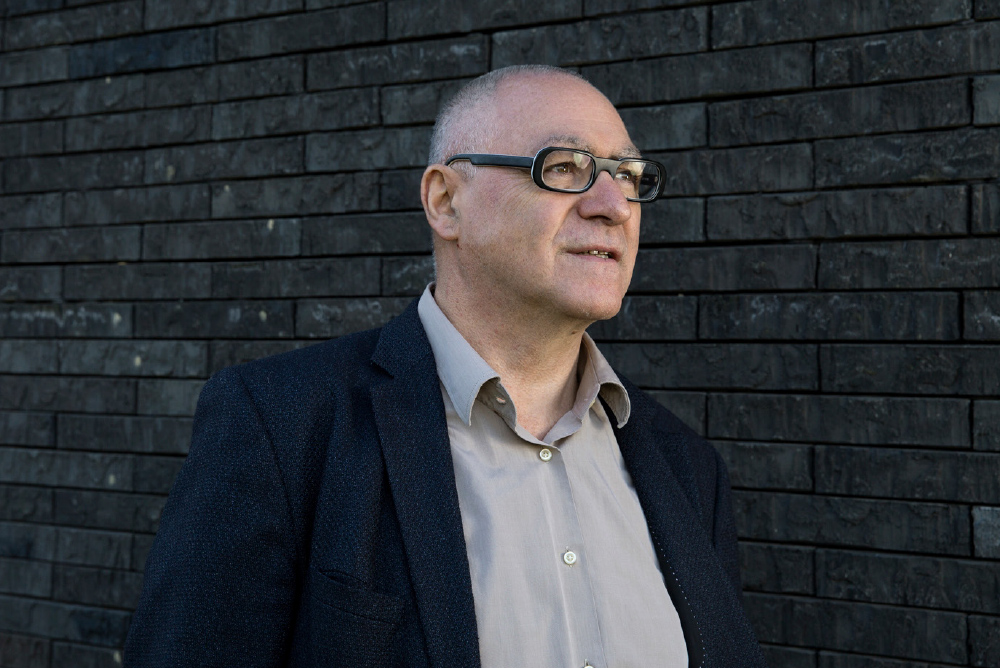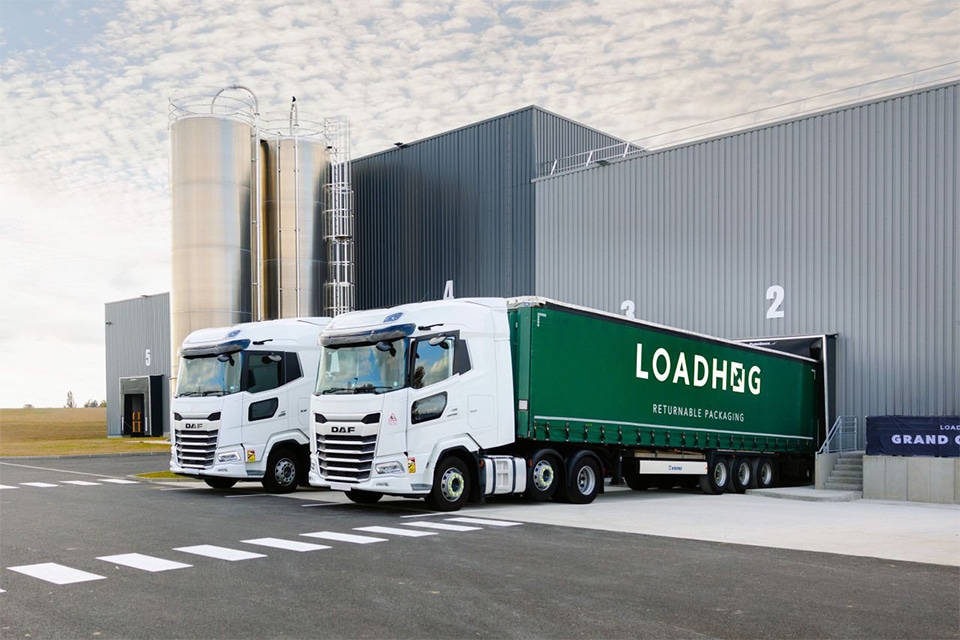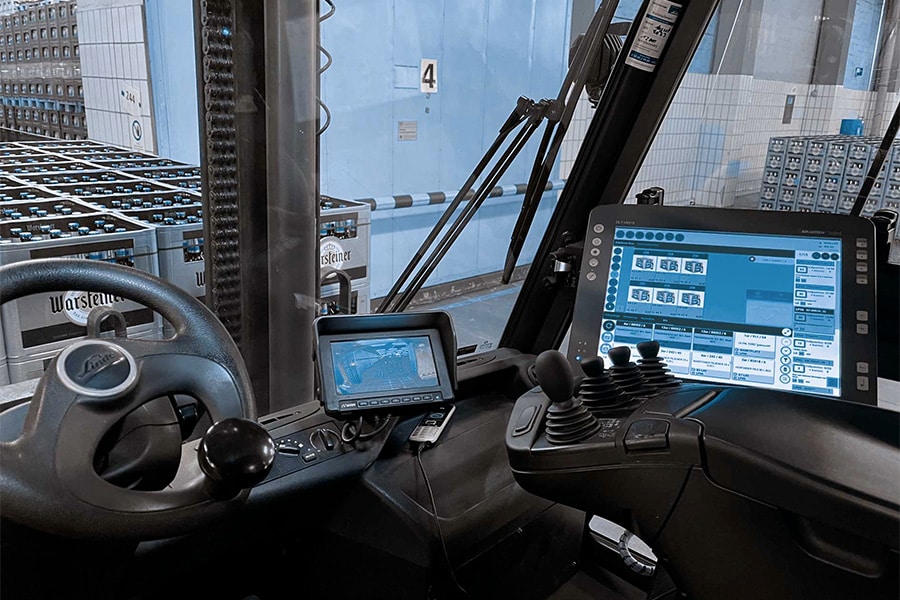
Warehouse automation, much more than technological cherry picking
Logimat 2024 in Stuttgart is behind us again. A visit to this European reference fair on internal logistics brings you up to date on trends in technology. At the exciting fair you can also see and compare the many technological possibilities in real life. Still, we have to pay attention, because going shopping in the supermarket on an empty stomach is never a good idea. So let's dwell on the essence: technology should support processes; the means are not the end in themselves. Falling in love with technology is a trap that many fall into. The reflex to "automate for the sake of automating" arises from that unconscious hunger.
Preparing a warehouse for the future is more than "cherry picking" technology. Technology must support business goals and strategy. So it makes sense that any automation - whether hard or soft - must be a projection of the path to competitiveness. If we are on the eve of pervasive automation, business blindness is out of the question, and out-of-the-box thinking is the norm. Too often, automation is canned as a form of continuous improvement (Kaizen logic). Automation should leverage innovation and growth. Becoming state-of-the-art via the path of business process reengineering and daring to question everything is the message (Kakushin). If one does not do this, the specter of sub-optimization lurks around the corner. How often do you see that within an existing warehouse a piece of top technology stands amidst a non-optimized environment? Read: a poorly managed environment. Environments where the right IT setup is totally lacking because people think WCS can fulfill the role of WMS.
Immediately, reservations arise. Can we do more on a smaller footprint? How can we sustain our growth? Increase our customer service? Create more agility? In other words, how can we become sustainable and still strengthen our market position?
I would like to puncture the balloon that payback equals saving heads. You also get return by building less, not having to move to a different location, becoming agile to the continuous disruption in the market. Business processes need to be able to evolve with what the future holds. Writing out a warehouse function meets this challenge and starts with vision. Afterwards, a process of continuous improvement can be set up. The highly robotized environments will also require coaching and adaptation from managers and operators. How will we provide primary care? How will we ensure system uptime? The warehouse supervisor will be a chef who can handle world cuisine: the birth of the warehouse supervisor 4.0.
A state-of-the-art warehouse is created when there is multidisciplinary mastery of logistics. That is, when we can make the connection between the processes of production and/or distribution, digitization and automation. Especially as the solutions become more and more hybrid, it is about putting together a puzzle and tying it together with a sauce of IT, with sophisticated operating principles underlying it. More than ever, the challenge is "we build our logistics processes and we put a building around it. It is urgent and necessary that we adjust our view of real estate and regulations according to the new opportunities offered by technological innovation, so that we can bring sustainable warehouse solutions.
The best way to shop efficiently at the supermarket is with a well-prepared shopping list. A list created by a cook with innovative ideas that ensures we generate less waste, and cook more sustainably and healthily.
Delicious dining will be just that! Bon appetit!
Eric Vandenbussche
CEO Logflow



